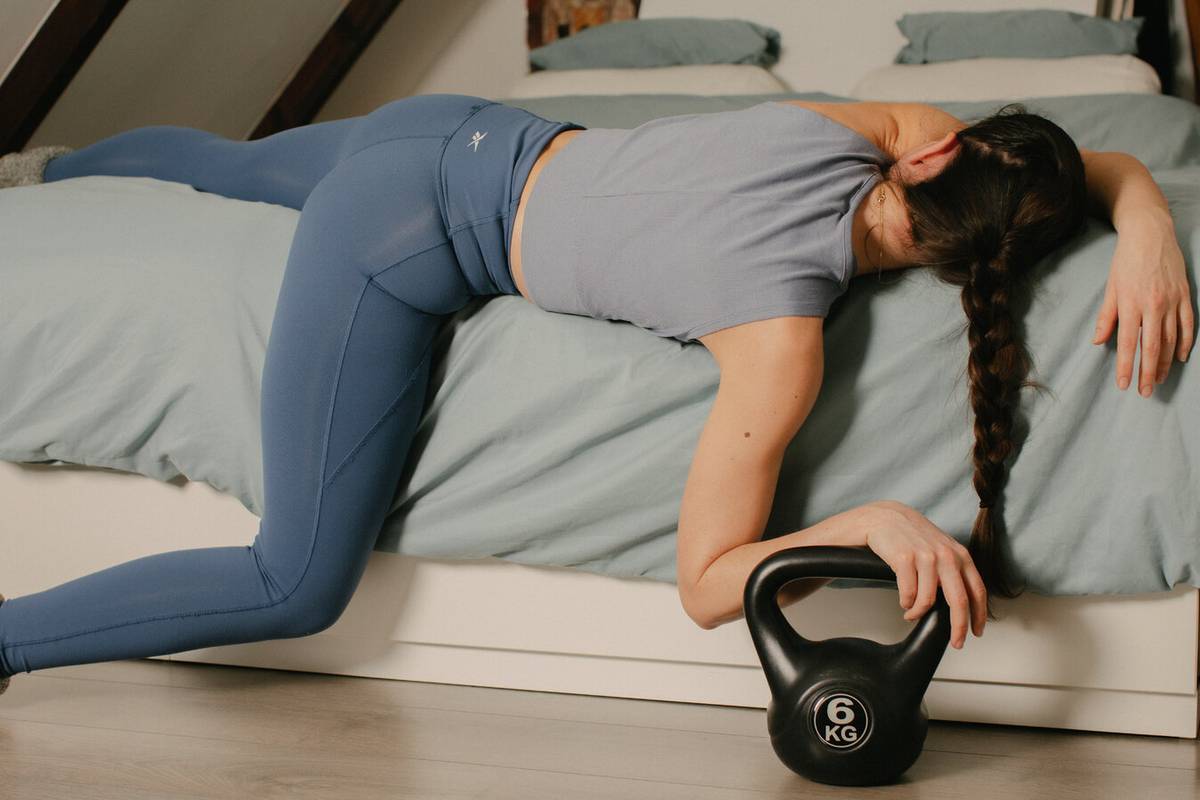While liposuction offers a quick solution to weight loss, it’s important to understand that the post-procedure recovery phase is anything but quick. If you’re aspiring for a summer-ready body, you may find yourself cloaked in layers until autumn.
Here’s a quick look at the recovery process following liposuction and why considering a non-invasive alternative could be more beneficial.
The Reality Behind Liposuction Recovery
If you’re thinking about getting liposuction with hopes of showcasing your toned body by summer, you might find your expectations misaligned with reality.
While liposuction is less invasive compared to procedures like tummy tucks, it nonetheless requires a considerable amount of recovery time due to its surgical nature. After all, the process involves making one or more small incisions in the targeted area, and the healing extends beyond just the incisions.
Liposuction may appear straightforward, but recovery is influenced by numerous factors. It varies depending on the volume of fat extracted, the area treated, and skin elasticity.
Your surgeon’s distinct techniques and technology can also significantly impact the downtime, swelling, and bruising experienced post-procedure.
The procedure, which is inherently traumatic, involves inserting a tube beneath the skin to apply suction, leading to immediate inflammation and swelling. It can take months for the body to fully recover, especially in commonly treated areas like the abdomen, flanks, and thighs.
As liposuction modifies fatty tissue, a phase of initial swelling and adjustment is unavoidable before improvement is visible.
The skin in the treated area also requires time to adapt to your body’s new shape, and it often requires the use of compression garments for the initial weeks to assist in proper skin retraction.
Final Thoughts
In essence, achieving full recovery post-liposuction can span up to two to three months, assuming there are no unforeseen complications such as infections.
If a quick and comfortable recovery is your priority, it might be worthwhile to explore non-invasive treatment alternatives before deciding on liposuction instead. Regardless of the chosen method, always ensure informed and well-considered decisions by consulting with medical professionals who can provide insights tailored to individual needs and circumstances.



